Understanding Red Light Therapy
Red light therapy is an innovative treatment that uses low levels of red light to reportedly improve various health conditions. This type of therapy isn’t toxic and has been used to treat some skin conditions, chronic pain, and even full-body rejuvenation. Red light therapy devices, including mats, use specific wavelengths of red and near-infrared light to penetrate the skin, promoting overall health and addressing specific health concerns. Many red light therapy users claim that regular therapy sessions lead to noticeable improvements in pain relief, muscle recovery, and skin health.
What Is a Red Light Therapy Mat?
A red light therapy mat is a flexible, at-home device designed for ease of use and convenience. Unlike a red light therapy panel, which is more rigid and typically requires standing or sitting in front of it, a mat allows for comfortable, full-body exposure while lying down. This makes therapy sessions more relaxing and accessible for home use. The light penetrates deeper into the body, stimulating cellular activity and accelerating natural healing processes.
Key Benefits of Red Light Therapy Mats
1. Improved Blood Circulation
One of the major benefits of red light therapy is improved blood circulation. The wavelengths of red and near-infrared light stimulate nitric oxide production, which helps widen blood vessels and increase oxygen delivery to tissues. Enhanced circulation contributes to:
- Faster muscle recovery
- Improved wound healing
- Reduced inflammation
To achieve the best results, therapy sessions should be performed consistently. The effectiveness of red light therapy largely depends on the wavelength of the red light used. Studies suggest that a wavelength range of 600–850 nm is optimal for deep penetration and maximum benefits.
2. Pain Relief
A red light therapy mat can effectively relieve pain by reducing inflammation and increasing blood flow. Many users find relief from joint pain, knee joint pain, and conditions like arthritis. Red light therapy may also help reduce chronic pain by stimulating cellular repair processes and reducing oxidative stress.
For optimal pain relief, experts recommend using red light therapy at least three to five times a week for 10–20 minutes per session. Combining red and near-infrared light enhances results, as near-infrared light penetrates deeper into muscles and joints.
3. Accelerated Muscle Recovery
Athletes and fitness enthusiasts use red light therapy mats to speed up muscle recovery. The therapy stimulates mitochondrial activity, enhancing ATP production, which is essential for cellular energy and repair. This results in:
- Reduced muscle soreness
- Faster healing of micro-tears
- Improved endurance and strength
Using low levels of red light immediately after exercise can significantly reduce post-workout fatigue and inflammation. Many wellness centers and professional athletes incorporate light therapy devices into their recovery routines.
Additional Benefits
Skin Rejuvenation and Wrinkle Reduction
Red light therapy offers benefits for skin rejuvenation, including reducing wrinkles and improving collagen production. It has been used to treat acne, common skin conditions, and signs of aging. Trained skin professionals often use red light therapy in combination with topical skin treatments for enhanced results.
Gut Health and Improved Sleep
Studies suggest that light therapy can help treat gut health issues by reducing inflammation in the digestive system. Additionally, using red light therapy before bedtime can promote improved sleep by regulating melatonin levels and supporting the body’s circadian rhythm.
Comparing Red Light Therapy Mats vs. Panels
When choosing between a red light therapy mat vs. a panel, consider the following:
- Mats are flexible and allow for full-body treatment while lying down. This makes them ideal for individuals looking for a more relaxing and immersive therapy experience. A light mat is particularly beneficial for those suffering from chronic pain or muscle soreness, as it provides even coverage across the body.
- Panels deliver concentrated beams of red light and are ideal for targeted therapy. Unlike a mat, a red light therapy panel requires a user to position themselves correctly for optimal exposure, making it less convenient for full-body treatments but effective for spot therapy.
- Light therapy mats and panels serve different purposes, depending on individual needs. Those looking for hands-free, passive therapy sessions may prefer a mat, while those targeting specific areas might find a panel more effective.
- Infrared therapy vs. red light therapy: While both types of therapy stimulate cellular repair, infrared therapy penetrates deeper into muscles and joints, making it more effective for pain relief.
- Laser light vs. LED light therapy: Laser therapy delivers focused beams of light at precise wavelengths, often used in clinical settings, while LED light therapy provides broader coverage for home use.
Potential Side Effects and Drawbacks
While red light therapy is considered safe, there are potential side effects and drawbacks to be aware of:
- Skin Sensitivity: Some users may experience mild redness, irritation, or warmth after prolonged exposure. This can often be mitigated by adjusting session durations and ensuring the correct type of light and intensity is used.
- Eye Sensitivity: Direct exposure to LED light without proper eye protection can lead to discomfort. It is recommended to wear protective goggles, especially during higher-intensity sessions.
- Negative Side Effects: Though rare, some individuals report dizziness or headaches after extended use of therapy pads, likely due to excessive light exposure.
- Light Source Considerations: The effectiveness of red light therapy may vary depending on the type of light used. Some therapy pads use pulsed light technology, which can enhance cellular responses but may not be suitable for individuals with light sensitivity.
- More Research Needed: While research supports many red light therapy uses, more studies are needed to confirm its effectiveness for certain conditions, including types of cancer and deeper tissue healing.
Final Thoughts
A red light therapy mat can be a powerful tool for improving blood circulation, relieving pain, and accelerating muscle recovery. It is an effective at-home solution for individuals seeking natural, non-invasive health benefits. However, to achieve the best results, consistency, proper wavelength selection, and adherence to recommended therapy sessions are essential.
The new device is already available in our online store. An electric mask for removing wrinkles from the face is your reliable assistant in the fight for youth and beauty of the skin. Turn self-care into a pleasure and enjoy visible results after the first procedures!
Summary of Key Points:
- Red light therapy mats provide full-body exposure and convenience for home use.
- Key benefits include improved circulation, pain relief, and faster muscle recovery.
- Additional benefits include skin health improvements, reduced wrinkles, and better sleep.
- Choosing between a mat or panel depends on personal needs and therapy goals.
- While generally safe, red light therapy may cause mild skin sensitivity or eye discomfort.
For individuals seeking a natural way to enhance overall well-being, red light therapy offers a promising, non-invasive solution.

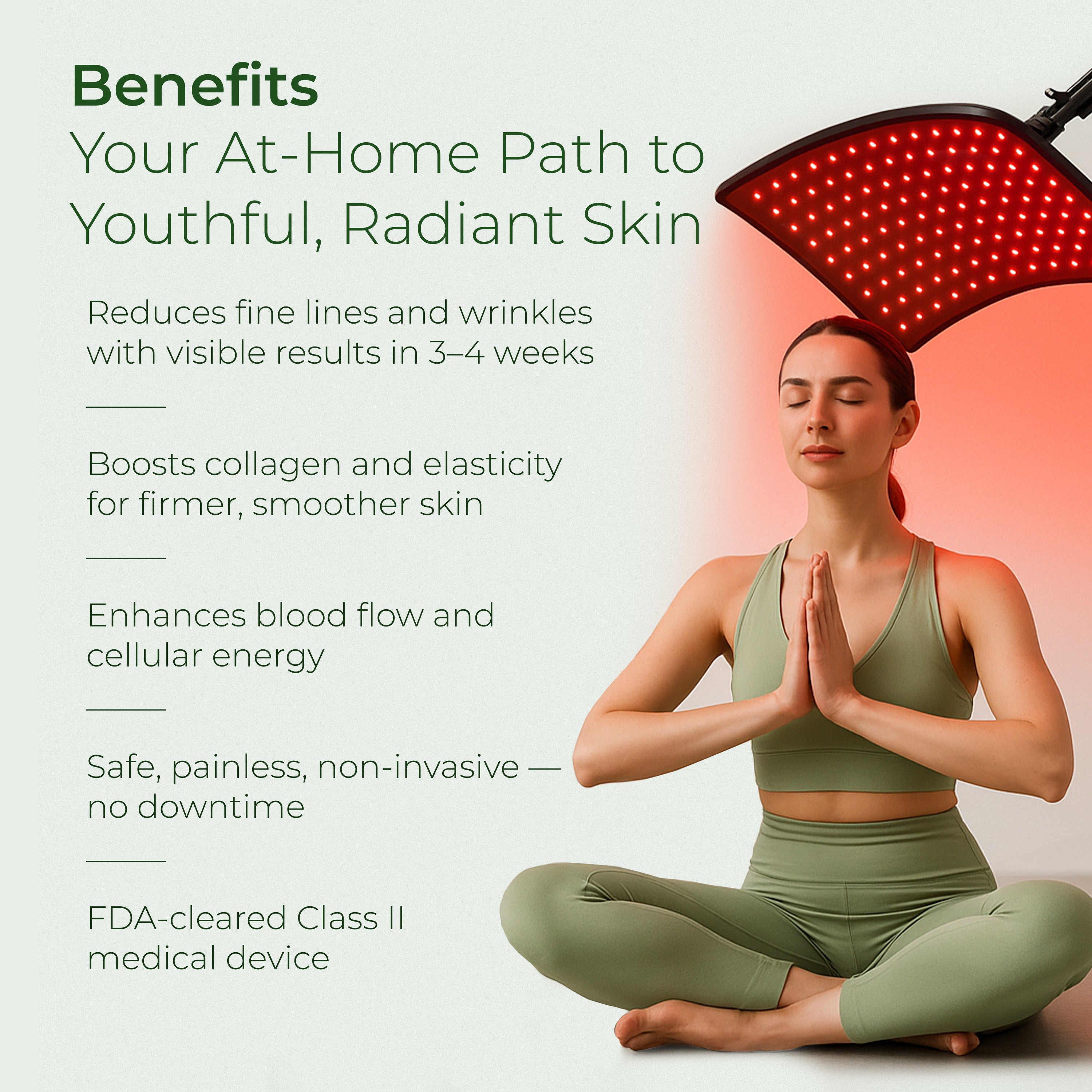
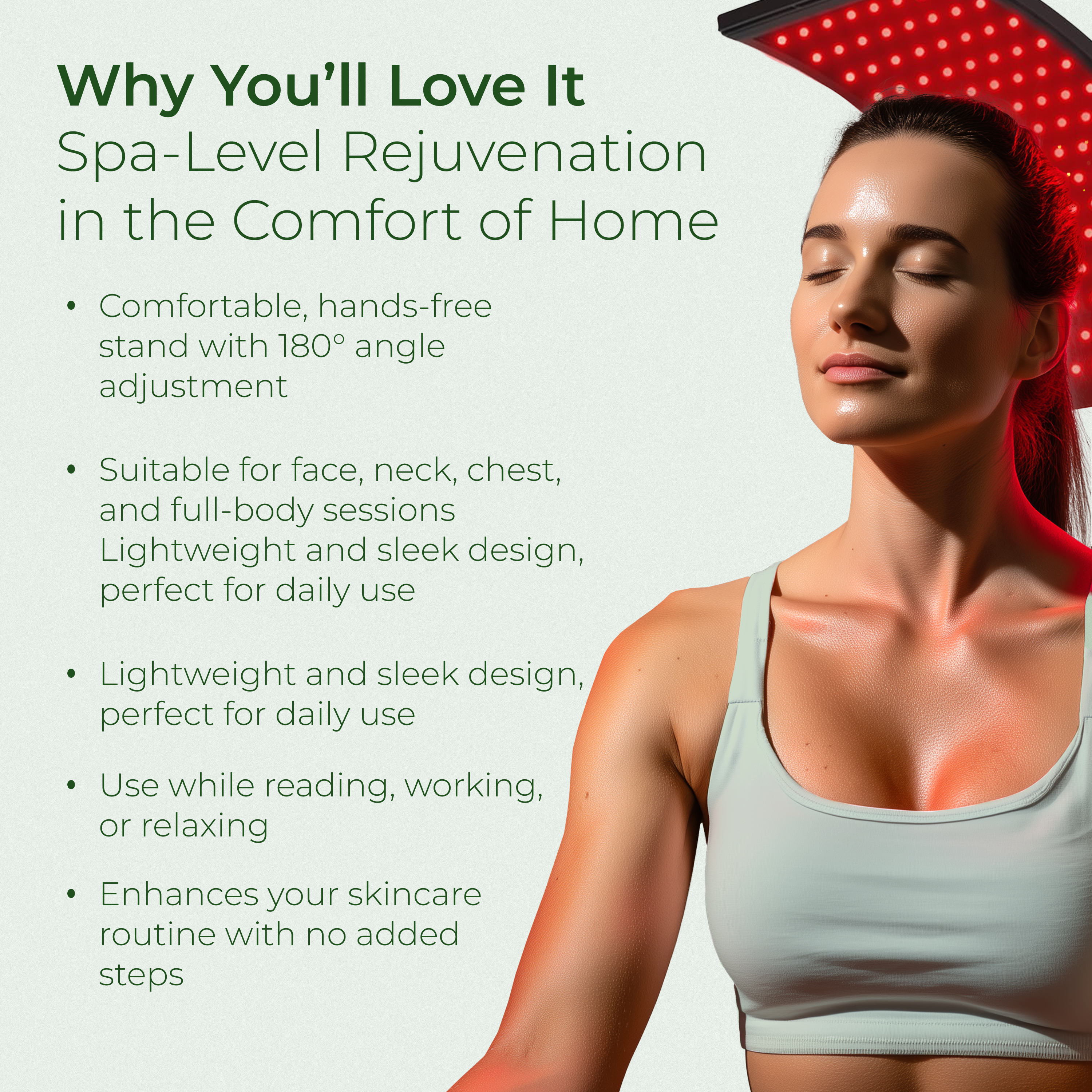

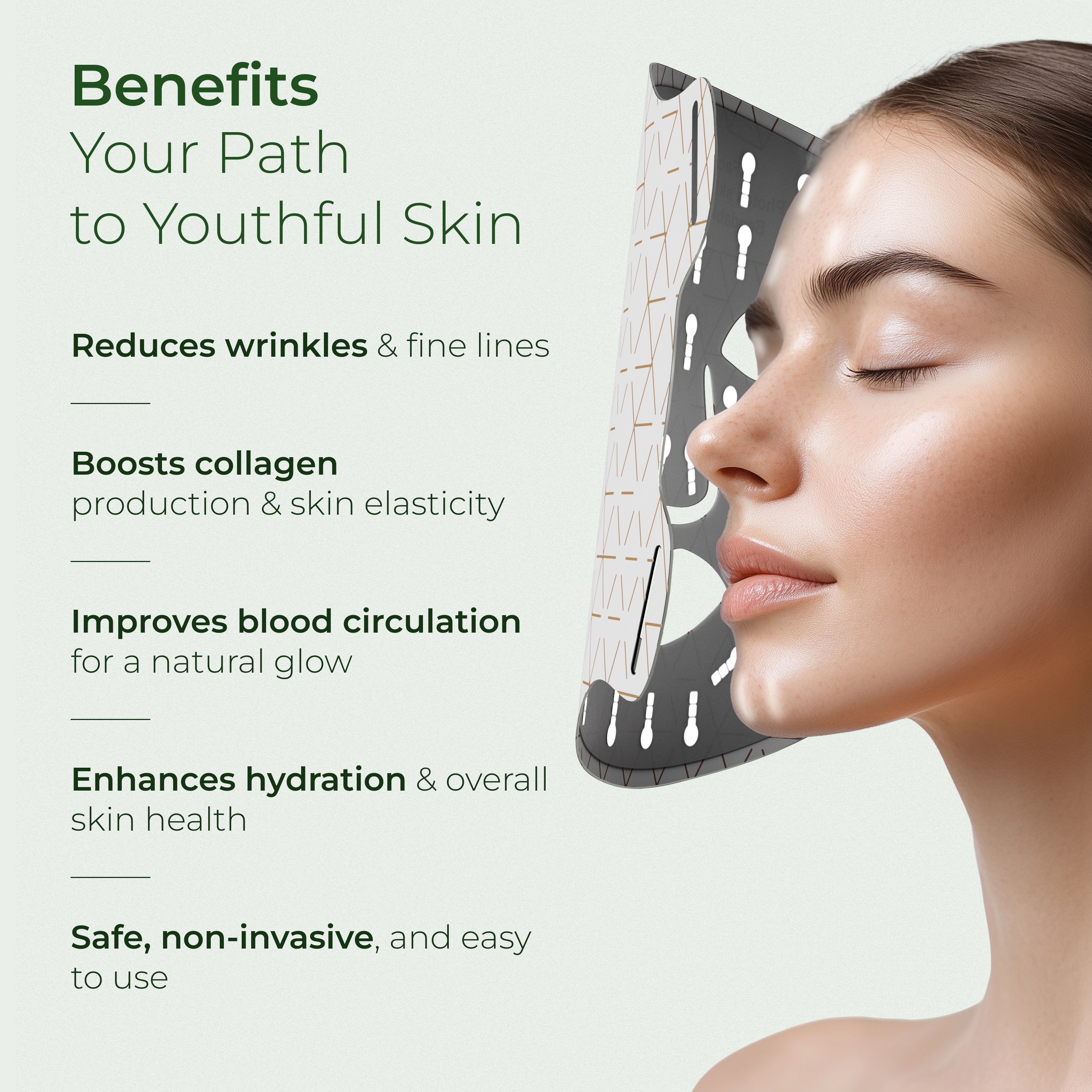


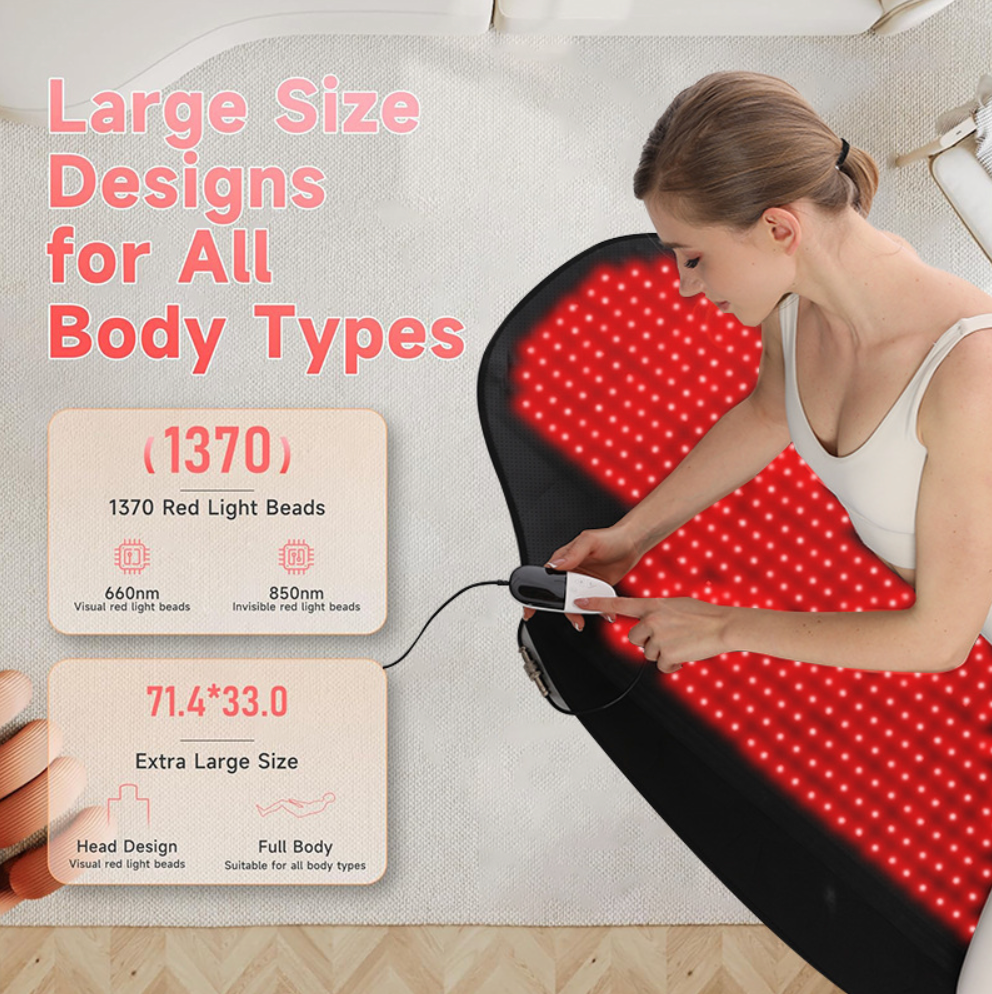
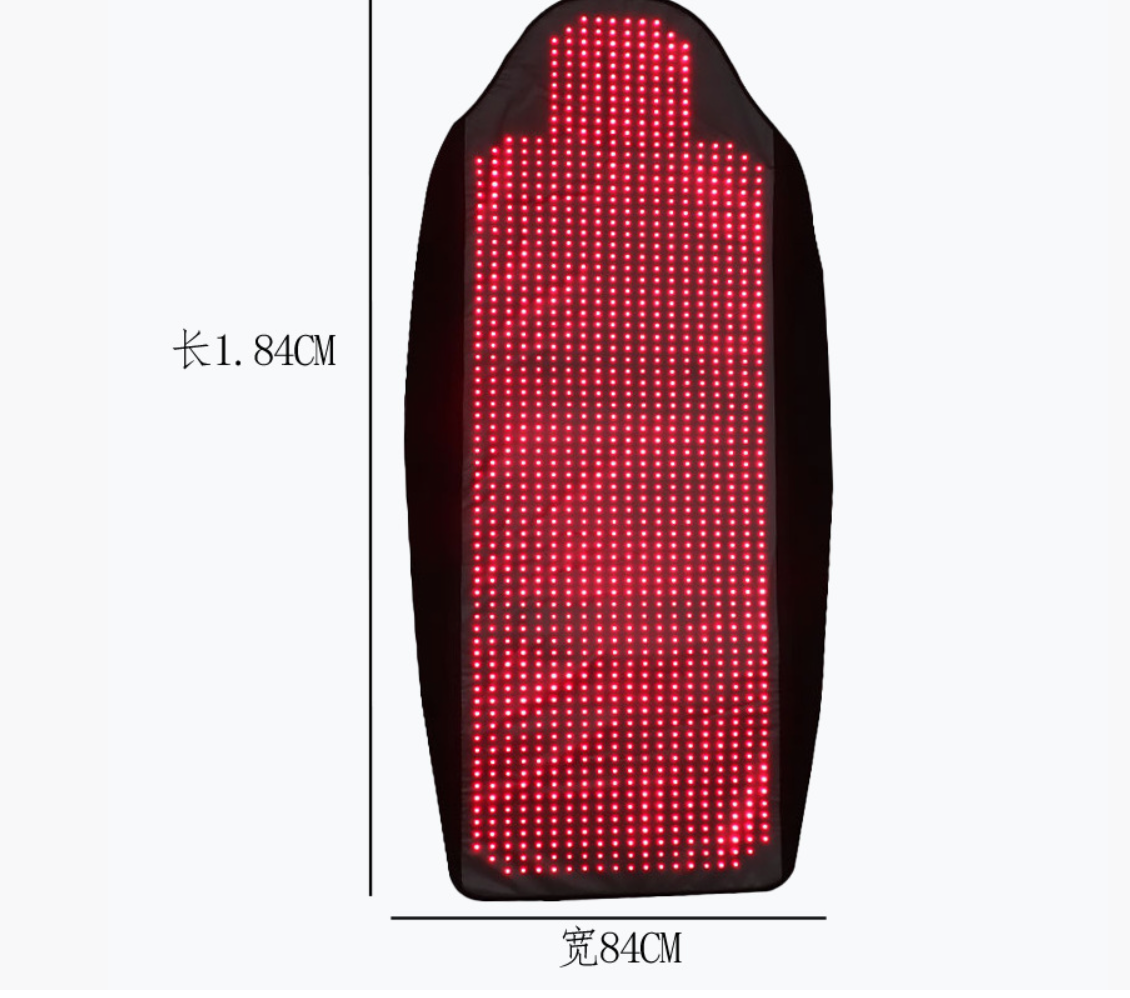
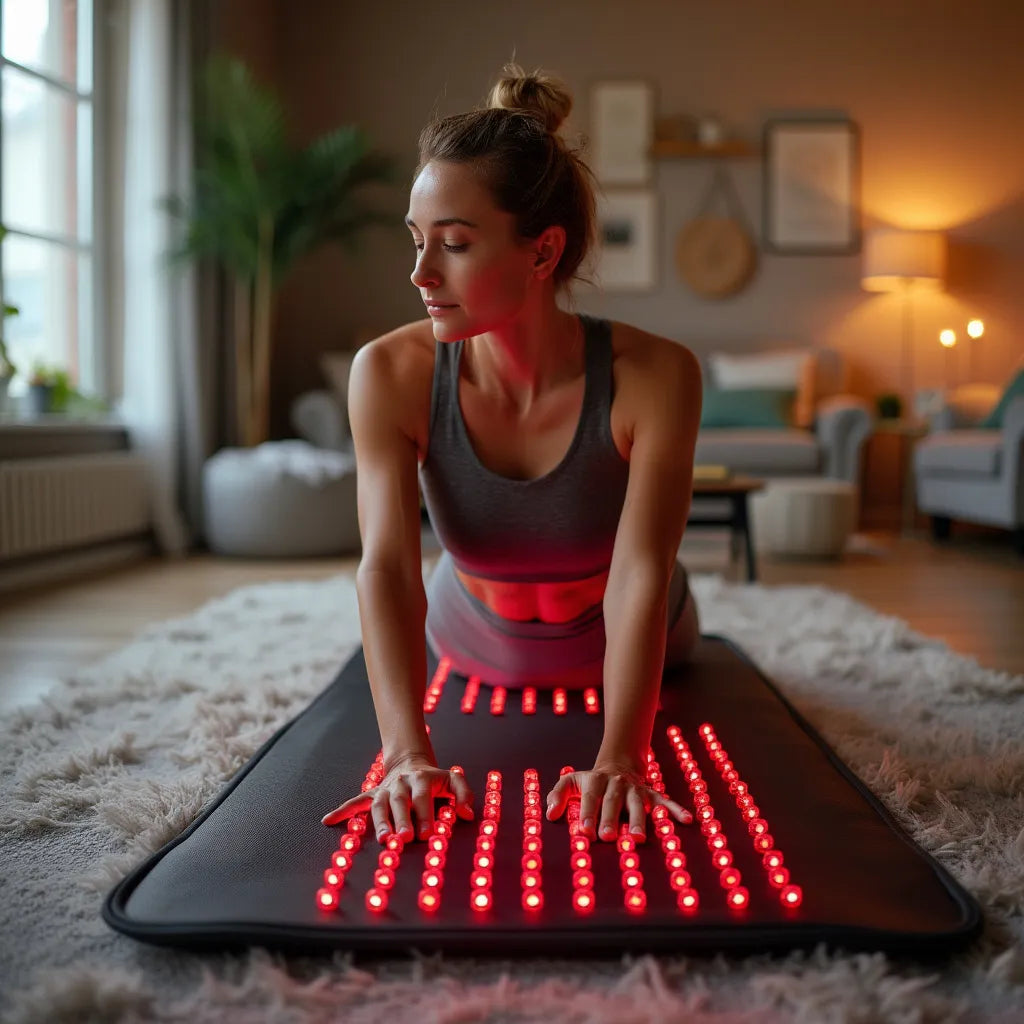
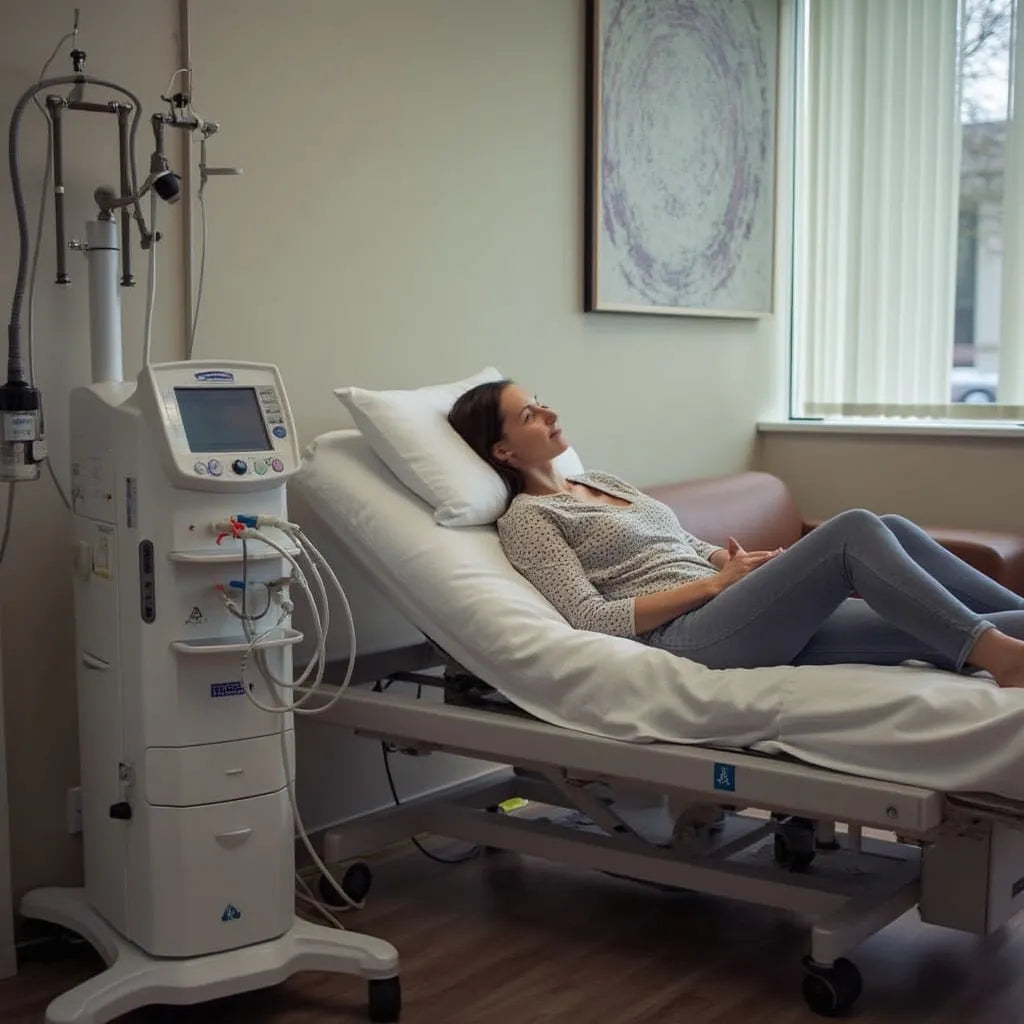

Leave a comment
This site is protected by hCaptcha and the hCaptcha Privacy Policy and Terms of Service apply.